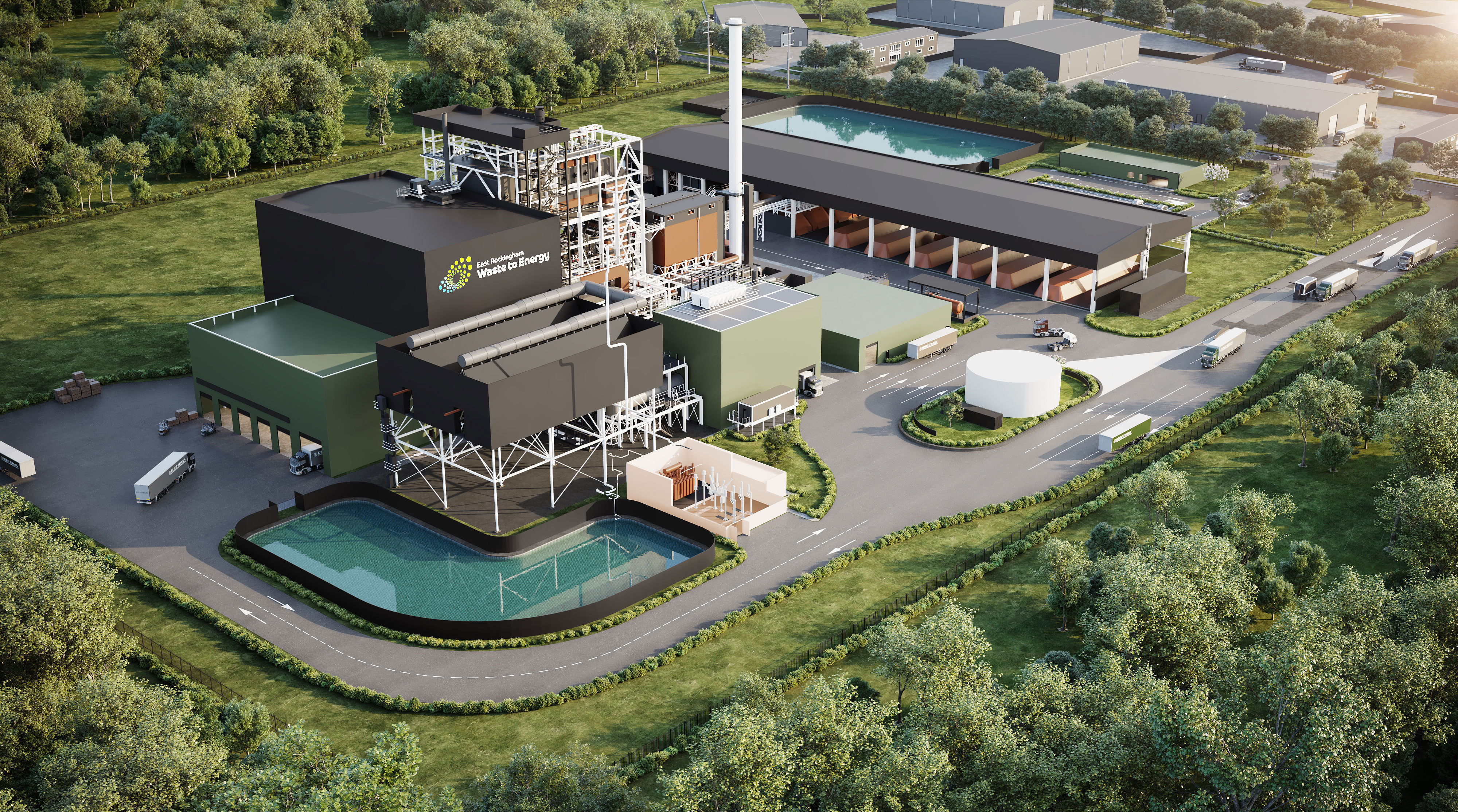
Scipher Technologies targets Australia’s mounting e-waste problem
Investment first for CEFC supports better recycling rates and lowered emissions
Australian e-waste recycler Scipher Technologies sought to increase its processing capacity by investing in new and upgraded recycling infrastructure. Scipher also planned to extend its recycling capacity to include mobile phones, lighting equipment, large household appliances and solar panels.
$7.5m
CEFC investment
20,000 tCO2-e
annual abatement
539,000t
Australian annual e-waste
Making more efficient use of finite resources is an important part of the transition to net zero emissions by 2050, with the added benefit of backing the growth of new industries and jobs. In our first e-waste investment, we are pleased to support Scipher in its ambitious plans to modernise the Australian e-waste recycling sector, improve recycling rates and lower emissions.Ian LearmonthCEO, CEFC
Our investment
The CEFC committed to up $7.5 million to Australian e-waste recycler Scipher Technologies in 2022 to help tackle the nation’s mounting e-waste problem and reduce the associated emissions.
The CEFC investment in the Scipher Series B funding round, made through the Australian Recycling Investment Fund,was matched by a $7.5 million investment from the Australian Business Growth Fund (ABGF), delivering a substantial $15 million boost to Australia’s recycling capabilities.
As part of the investment, Scipher acquired Total Green Recycling, a Perth-based family business that has become WA’s leading e-waste recycler in 14 years, processing more than 3,000 tonnes of e-waste annually.
The CEFC exited the investment in Scipher Technologies in November 2024 following the acquisition of the company’s assets by Sircel Pty Ltd and the ABGF. Scipher Technologies Pty Ltd was subsequently deregistered.
our impact
E-waste recycling is a relatively under-developed part of Australia’s waste and recycling sector even though upgrading and improving our e-waste recycling infrastructure has the potential to make a vital contribution to the nation’s transition to net zero emissions by 2050.
With its first investment in e-waste, the CEFC worked with Scipher to capture the benefits of cutting the volume of e-waste entering waste streams while also increasing the recovery and re-use of important metals.
Scipher targeted direct emissions abatement of more than 20,000 tonnes of CO2-e each year by increasing its e-waste processing capacity and investing in new and upgraded recycling infrastructure.
Scipher was also looking to extend its recycling capacity to include mobile phones, lighting equipment, large household appliances and solar panels.
In June 2022, the NSW government awarded Scipher $1.7 million through its Circular solar grants program for the development of a solar panel recycling facility in Albury to process up to 2,000 tonnes of solar panels and ancillary equipment each year, to achieve a commodity recovery rate of more than 90 per cent.
‘Urban mining’ valuable commodities
E-waste is one of the fastest growing waste streams in Australia – covering the disposal of end-of-life electrical and electronic equipment. It comes in many forms, including computers, photocopiers, printers, mobile phones and batteries.
While e-waste contains potentially toxic materials such as mercury and lead, when handled correctly, 95 per cent of e-waste components can be recycled, reducing the environmental impact of landfill dumping, pollution, contamination as well as sourcing new materials.
Valuable e-waste commodities which can be recovered and recycled through ‘urban mining’ include:
- steel and iron (ferrous metals)
- copper, aluminum and zinc (non-ferrous metals)
- gold, silver and palladium (precious metals).
Our mounting e-waste problem
According to the Australian Bureau of Statistics, Australia generated 539,000 tonnes of e-waste in 2018-19, with households accounting for 40 per cent of this.
The Global E-Waste Monitor estimates global e-waste volumes will reach 74 million tonnes per year by 2030 – almost doubling in just 16 years – as a result of higher consumption rates, shorter product lifecycles and limited repair options.




